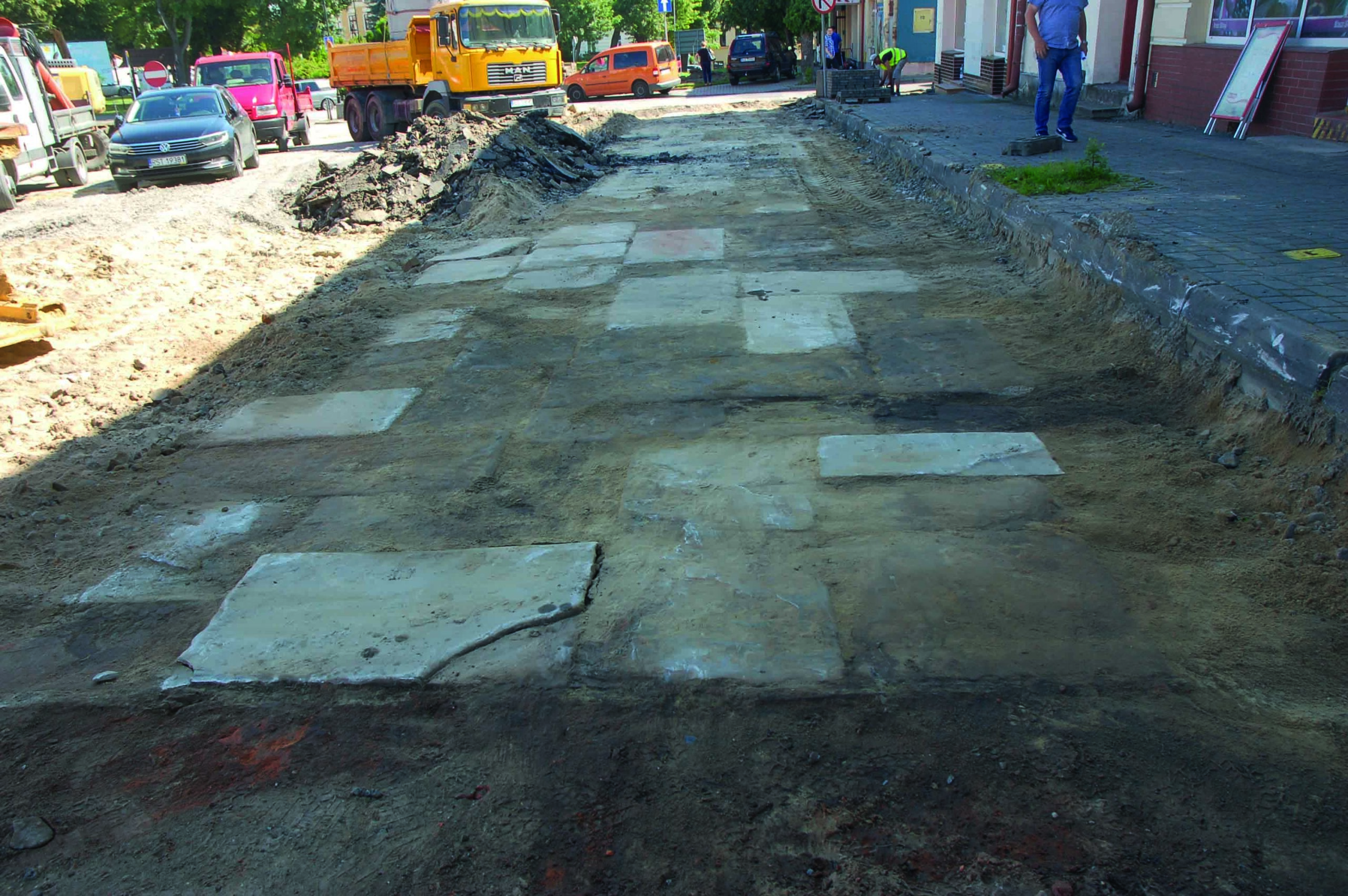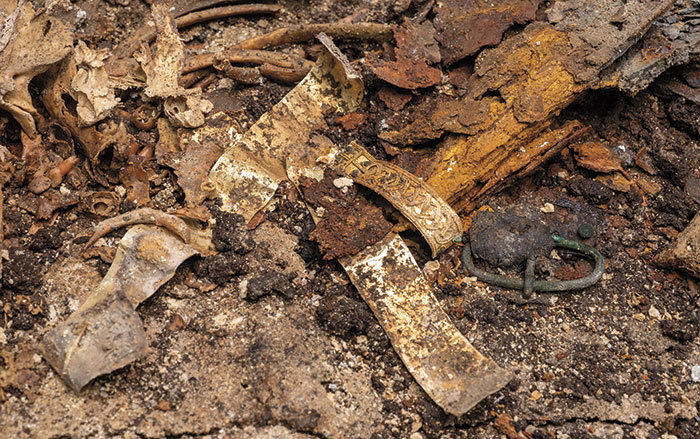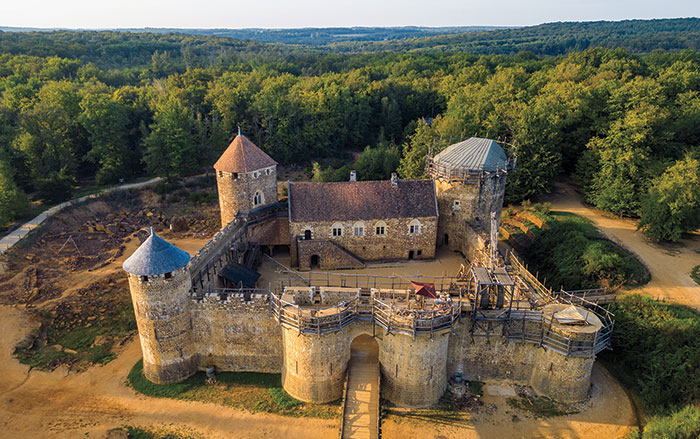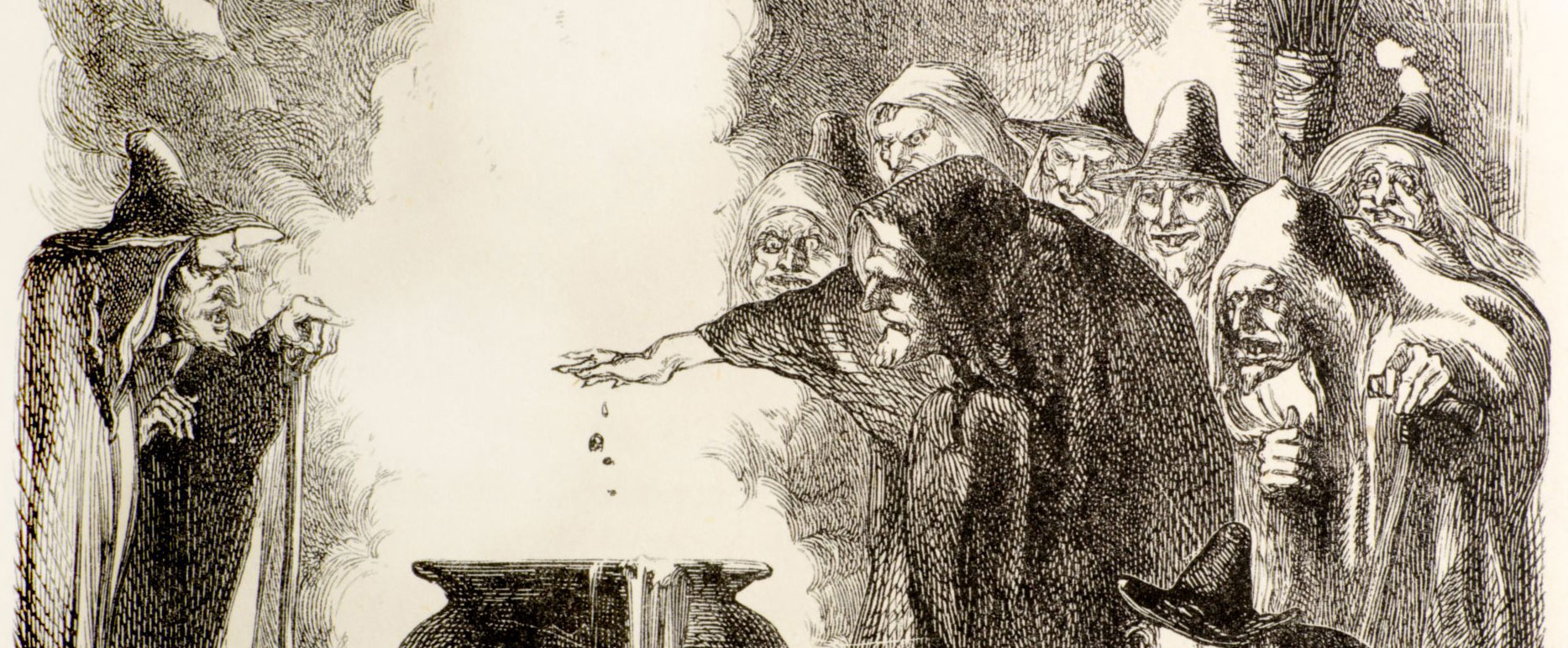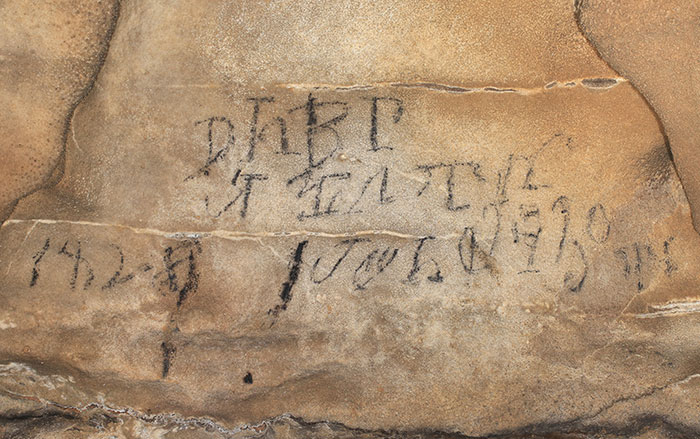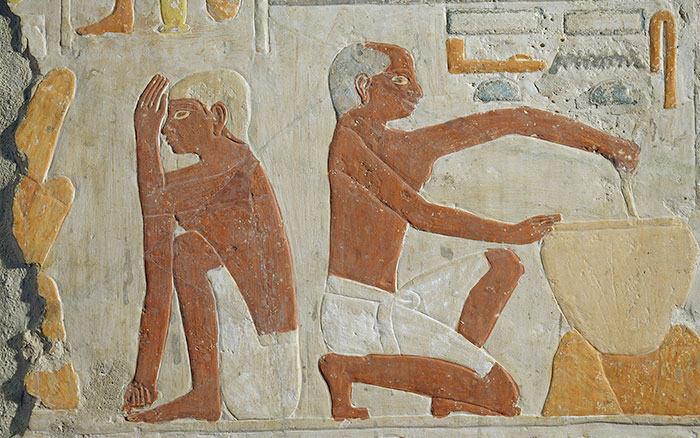
GDAŃSK, POLAND—Science in Poland reports that the isotope and genetic analysis of samples collected from the remains of four men uncovered in an eleventh-century A.D. cemetery in northwestern Poland indicates they came from Scandinavia. The men, who were buried in four wood-lined chamber graves surrounded by a fence or palisade, were probably warriors from Denmark, according to Sławomir Wadyl of the Archaeological Museum in Gdańsk. The graves are thought to be the oldest of the more than 60 burials in the cemetery, which dates to the reign of Bolesław the Brave, who was Duke of Poland from A.D. 992 to 1025, when he became the first King of Poland and ruled until his death later that year. The four men were buried with richly decorated spurs, stirrups, bits, buckles, coins, metal and wooden utensils, scales, weights, a comb, knives, animal remains, and grains. Many of the artifacts are thought to have been made in Western Europe or Scandinavia. Wadyl thinks the elite men may have used the scales and weights found in the graves to collect taxes from the local population for the Polish ruler. To read about genetic ties between the individuals buried in a Neolithic mass grave in southern Poland, go to "We Are Family."


